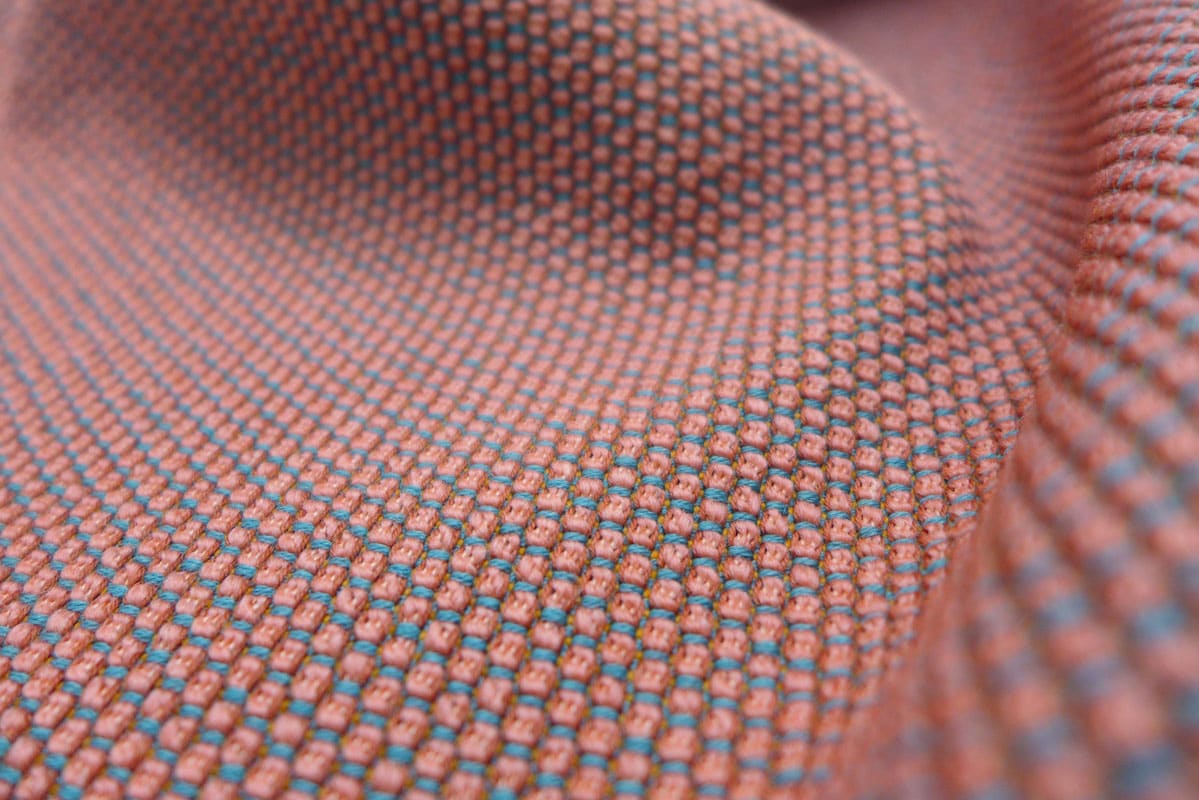Cologne/Rheda-Wiedenbrück, January 2017. When COR premiers new furniture, its unmistakeable design impresses trade and customers alike. But the palette of colours, materials, textiles and leathers from which our high-quality covers are manufactured is what really counts most. This is what gives the new models their individual look and feel. Each product launch is a production in itself; providing inspiration for dealers and end customers on how to best bring a design to life. "These examples are supposed to stimulate the imagination," says Berthold Strüve, Head of Marketing. "We show one of the many ways in which furniture can interpret and realise the preferences, the tastes and the life and living styles of its owners." And whilst the principle of 'co-creation' is now also permeating into industrial goods, it applies to a handmade product from the outset: "We manufacture the furniture you desire, in the truest sense of the word."
Collages
3D materials such as those in the new Opera collection from Rohi are set to play an important role in 2017. Three-dimensional fabrics, in this case a pearl-shaped structure, are combined with smoother textiles, leather or natural wood for occasional furniture to create homogenous or contrasting collages: The seating furniture arrangement becomes interior design. Larger seating landscapes such as Pilotis, Elm or Trio appear more vibrant, become details of the basic design - surfaces, contours, round or rectangular shapes - are accentuated by colours and materials. Easy chairs such as the new Flint model feature contrasting materials throughout (leather outside, fabric inside). "Many customers can be advised specifically with regard to material combinations," says Helen Biermann, responsible for exhibitions and styling at the COR Haus. "They know about the effect of individually designed furniture, but also want it to fit in with their fixtures and fittings. Some people even bring the carpet from home."
Double premieres
Exotic, Denim, and Naturals are the names of Rohi's colour palettes which feature in many COR creations on show at imm 2017. Not only this voluminous new wool fabric, but all textiles and leathers are tested rigorously before they are added to our collection. Before the fair, the cutting and sewing rooms spent a long time experimenting in order to realise the designers' and marketing experts' favourites. This is the only way to create perfect prototypes. Each tailor-made furniture covering has its own aesthetic and economic cutting concept. None of the precious material goes to waste. "Three-dimensional and deep-pile materials, and especially natural leather, present us with challenges every time," explains Susanne Schlenke, business unit manager at the factory. Patterns and structures run horizontally or diagonally, they can "break" or split unpleasantly, joining faults must be avoided. Round easy chair models with fitted covers, such as Roc, require meticulous attention to detail to ensure that every seam is wrinkle-free, because the internal and external radii are of different dimensions. This procedure is called "grading", whereby the individual pattern pieces and seams are adjusted in proportion with the furniture corpus. Occasionally, trapezoidal material wedges are inserted to ensure that the covering sits perfectly. This kind of manufacturing is akin to bespoke tailoring: "Except that our models stand still," says Schlenke.
Waterjet precision
Technology is essential in modern manufacturing. It augments manual procedures and improves the quality and precision of finishing. For 2017, the previously employed process of cutting by hand with a punch has been superseded: Pattern pieces are now made using a high-tech waterjet cutter. Each hide is first of all scanned electronically. In this way, the slightest imperfection (from scars, stretch marks, horn impacts) are identified and marked. A large image of the resulting hide is then closely scrutinised by an employee. During the subsequent "nesting" process, the required pattern pieces are arranged in a box shape over the whole hide. A software program controls this process, which is then further optimised manually. "We can sometimes improve the result because we know the nature of the materials, and also have to take into account the further processing of each pattern piece to form a complete covering", says Nicole Kettner, directrice. "Some parts will be less visible later, but larger, continuous ones such as seat surfaces, backs or cushions must be absolutely immaculate." The "nesting" allows each individual part to be moved and positioned individually on the hide. Once the cut pattern has been perfected, the leather hides are aligned with a beamer projection on the cutting table, and after insertion into the cutting area, they are cut by waterjet. The new equipment conserves resources, materials and the environment. Yet it all only works with the help of "human" experts.
Contact COR
Berthold Strüve, Marketing Director
Nonenstraße 12, 33378 Rheda-Wiedenbrück, Germany
t +49.(0)52 42.41 02-240, b.strueve@cor.de




















